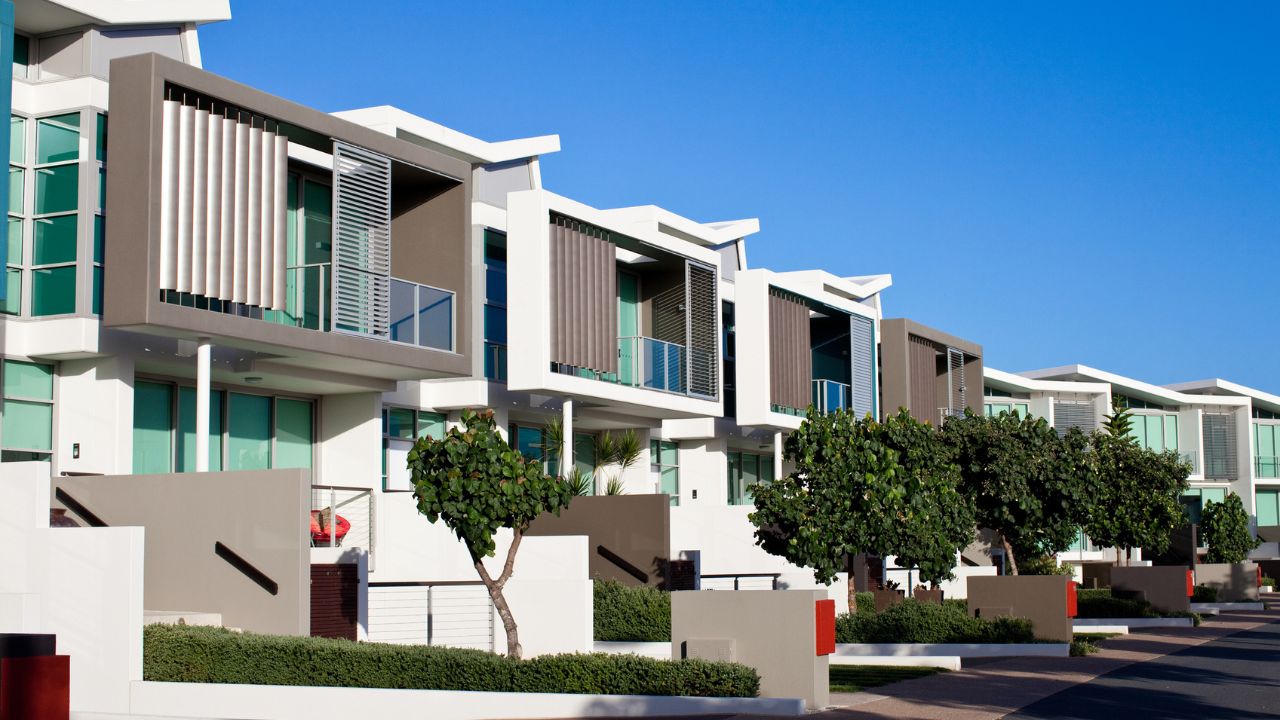According to new data from the Housing Industry Association (HIA), “gentle density” housing options such as townhouses, duplexes, and terrace homes are experiencing substantial growth in multiple states.
Western Australia leads with a 63 per cent increase, followed by South Australia (36.7 per cent), Queensland (26.2 per cent), and New South Wales (18.8 per cent).
HIA Executive Director Planning, Sam Heckel, emphasised the critical role these housing types play in addressing Australia’s housing crisis.
“Australia’s housing crisis won’t be solved without increasing medium-density dwellings, particularly in our larger cities,” Mr Heckel said.
“Gentle density projects such as townhouses, duplexes and terrace homes can deliver more homes faster and at prices people can afford.”
The HIA has consistently advocated for greater housing diversity, noting that the market has been dominated by either detached homes or apartments, with few options in between.
This “missing middle” represents an important opportunity to create more affordable housing that still maintains lower-density living environments.
New South Wales is expected to continue its strong performance in this sector, thanks to innovative policy changes.
The state recently released a “pattern book” of pre-approved housing designs aimed at streamlining approvals and reducing red tape for developers and builders.
“By giving builders and landowners pre-endorsed designs, they’re providing the certainty the industry needs to unlock smaller, smarter projects,” Mr Heckel said.
The HIA suggests that other states should adopt similar practical reforms to address housing shortages.
With apartment construction facing rising costs and greenfield development hampered by infrastructure and environmental challenges, medium-density housing offers a viable alternative for meeting housing targets.
Despite the clear benefits of gentle density housing, significant barriers remain in many jurisdictions.
The HIA points out that up to three-quarters of residential land is zoned exclusively for single houses.
Even in areas where medium density is permitted, these projects often face the same lengthy approval processes as larger, more complex developments.
Local councils are also creating additional hurdles through various requirements.
“Councils are regularly adding larger setbacks, deep-planting requirements and parking minimums that, while well-intentioned, render many projects commercially unviable,” Mr Heckel said.
The HIA is urging all levels of government to review their planning systems and implement measures that support gentle density development.
This approach could help ensure more Australians have access to well-located, affordable homes in a shorter timeframe.
“HIA is calling on all jurisdictions to review their planning systems and fast-track measures that support gentle density, ensuring more Australians can access well-located, affordable homes sooner,” Mr Heckel said.

